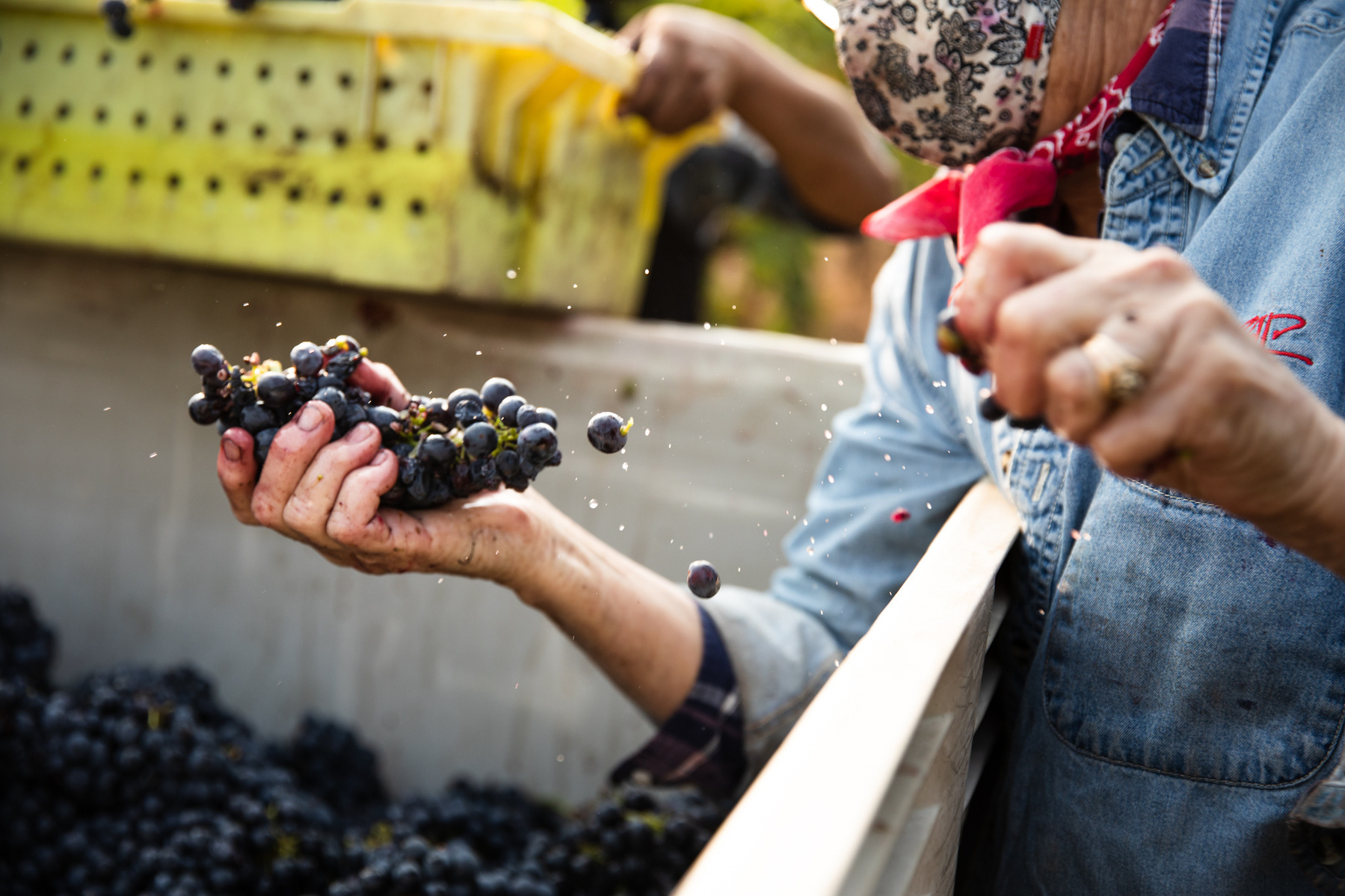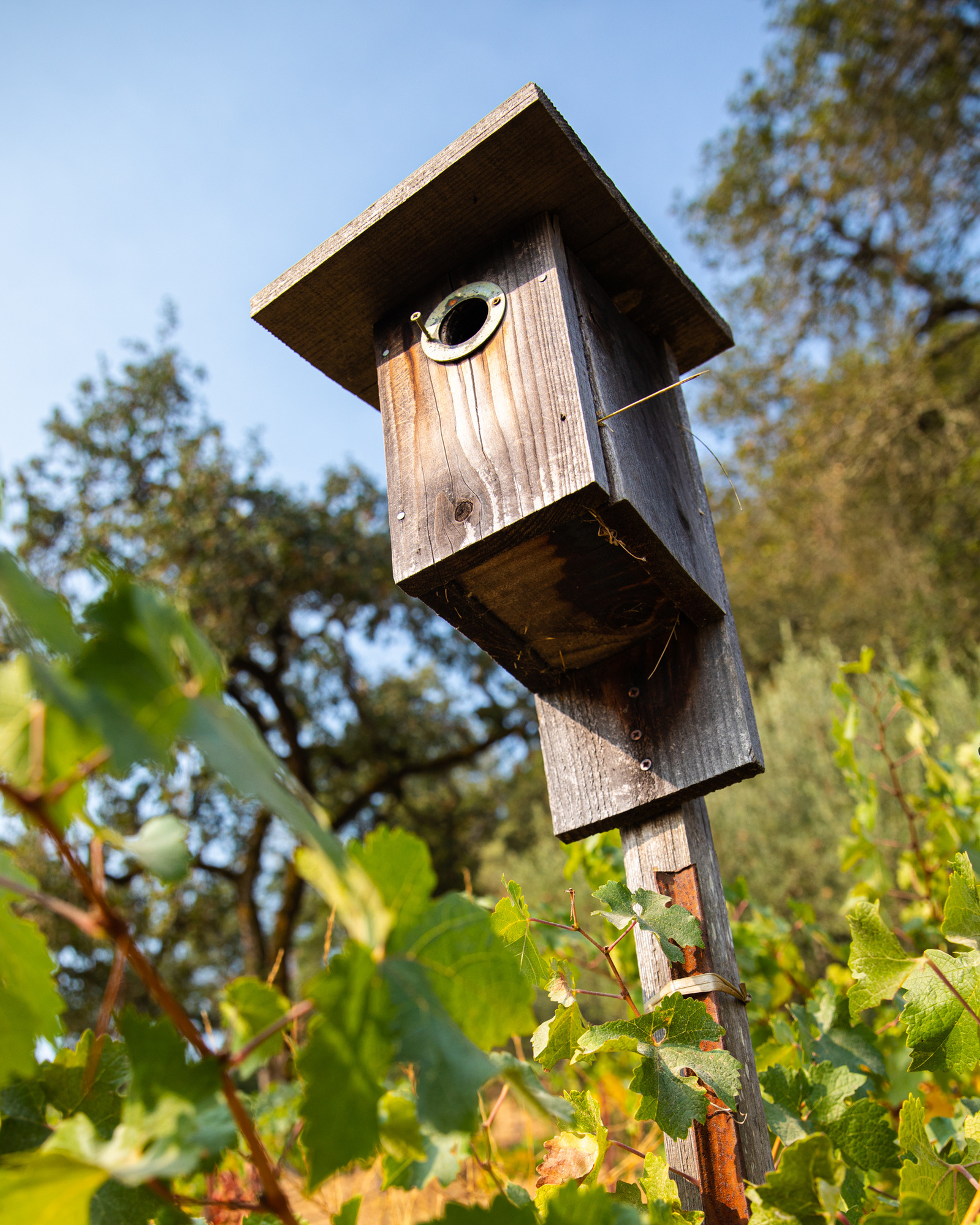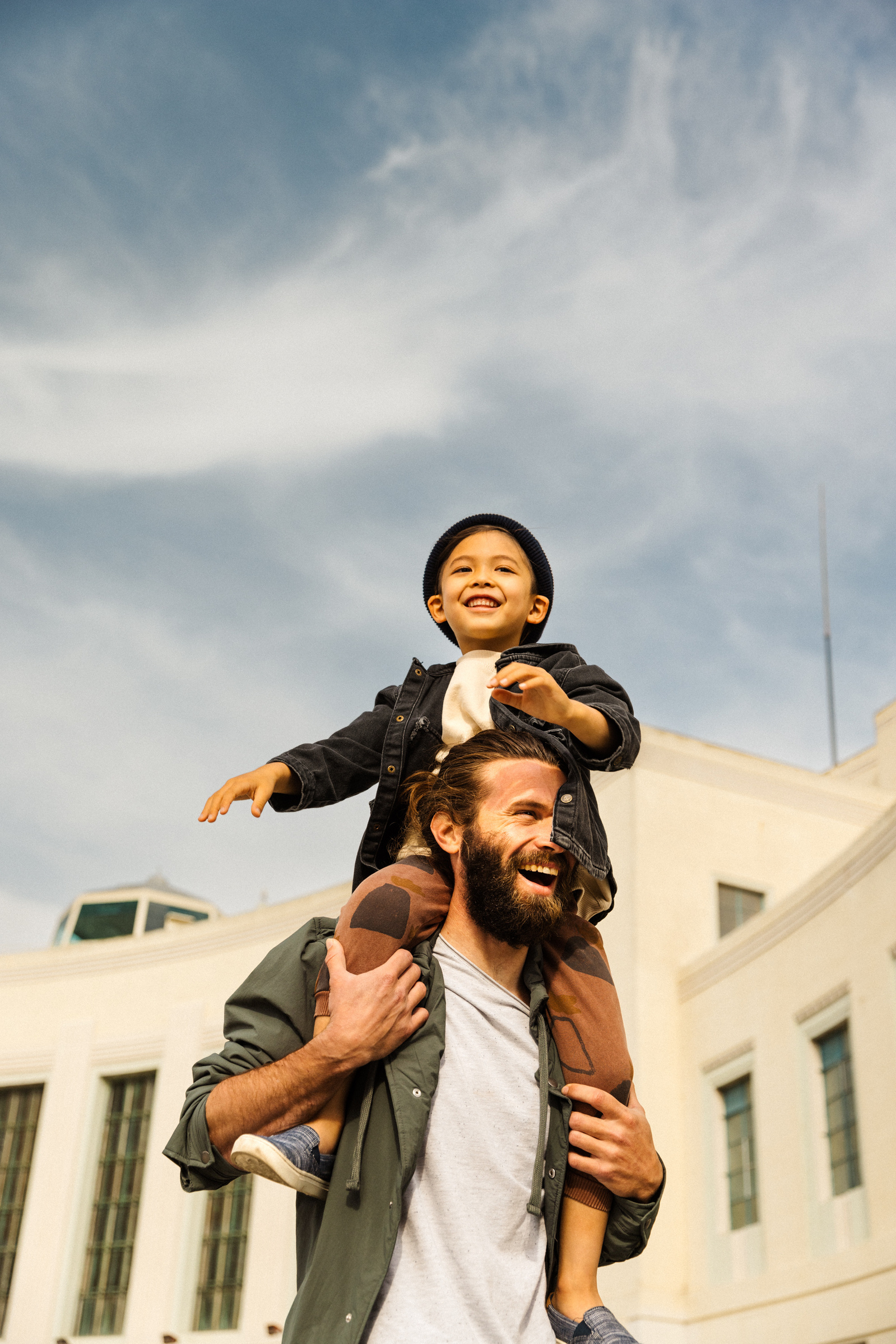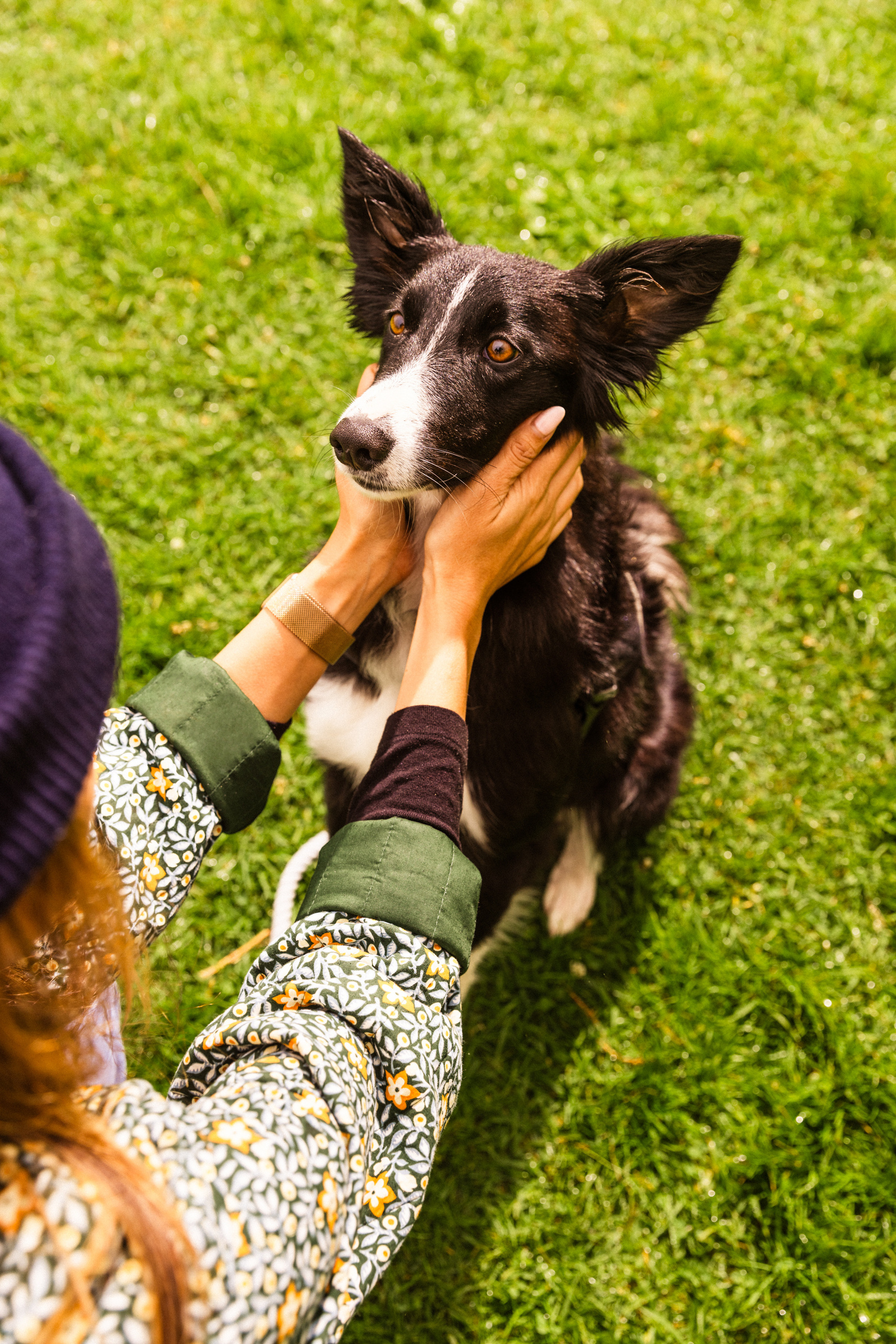Point Blue Birdathon
Personal Work - EDITORIAL
I love this monthly opportunity to share work with you all. Making and sharing images is, after all, what I’ve built my life around.
Each month I sit down and silently obsess about what work to share and how to talk about it. Will my clients who love the great outdoors appreciate my indoor work? Will my editorial clients take an interest in my advertising work? And perhaps the most peculiar question of all, will anyone find my portraits of salmon intriguing?
But there’s always one safe choice where I don’t have to fret: personal work.
Last month I got to join the California based conservation science org Point Blue on their annual Birdathon.
Teams of biologists dress up and tour pockets of California trying to spot and identify as many birds as possible in a grueling 24 hour period - all in an effort to fundraise for conservation.
So here’s the personal work part.
Any time I take on a personal project, I push myself to try something different. It’s my continuing education, if you will.
For this project, I wanted to experiment with shooting on smaller cameras (ie Leica rangefinders). I had a theory that subjects react to the size and format of the camera they’re looking at: basically, the smaller the camera, the less the photographer impacts a naturally evolving scene.
When I’m working on a commercial set, with professional models, camera size is irrelevant…and sometimes even works the opposite way (a big camera communicates that it’s time to work).
But this was a documentary project, and I wanted to see how far I could stretch my image making without asking anything of the subject. This verité approach forces the photographer to be thinking 3 steps ahead of the subject, sort of like a chess match where your pieces are: light, composition, and action.
To add to the experiment, I deliberately hamstrung myself with a fixed wide-angle lens with absolutely no automatic features. This meant that in order to make any quality work, I’d have to pre-compose a shot before lifting the camera, and then be WAY inside the personal space of my subjects - often crawling through poison oak and tick-infested grass to get in position.
And success!
The tiny camera (in my case, a Sony @6000 with a TT Artisan 17mm manual focus lens) really let me get inside people’s space without triggering a camera-shy reaction. At one point, one of the birders did startle on discovering that I was taking pictures of them, but not until I’d already made about a dozen frames.
Also shooting the entire project on one focal length created a familiar feeling throughout the images that, to me, feels more nostalgic, intimate, and authentic than mixing focal lengths.
I loved the feeling of being embedded with this group, overhearing their jokes about sighting common birds, the hopeful musings about rare species, and the incredible passion they all share for protecting these spaces.
From the “small camera experiment” I took away a new way of seeing and framing images that I’ve already started to integrate into other work. I’m excited to share the handful of jobs that followed this project. See if you can spot the influence of the “Leica 18mm” look :)
For years I worked exclusively as a commercial photographer because…
Editorial work stresses me the hell out.
I’m a photographer that believes in “making” images, not “taking” them. So whenever I’m first documenting a story in real-time (ie. “Taking” photographs) I often feel a little sick to my stomach. Everything is moving so fast and so randomly that I can’t adequately process all the minutiae, the detail, emotion, light, etc that makes a good image. Dread sinks in and despite nearly 15 years in this profession, I slide into the pit of imposter syndrome, What if I miss the shot?! What if I’m the wrong person for this job?!
Barf.
But then there’s this moment, this glimmer of inspiration, and the feeling lifts. I’m suddenly in it, the flow state where thirst and hunger subside and I start to see as the camera sees, the overlap of contrast zones, the subtext of my POV, the emotion that’s about to rise in my subjects.
There is still randomness, but now I’m one step ahead of it - now it’s mine to play with. The unexpected becomes magical and my work becomes an exploration of that.
The images I’m sharing here are from a commission that I was given by The Cornell Lab of Ornithology for a story about Tres Sabores Winery in Napa, CA. The winery is well known for using environmental controls for pest management - which in this case (you may have guessed) means birds.
My job was to document the harvest and the integration of bird boxes throughout the vineyard while a colleague (Ryan Bourbor) who specializes in bird photography worked the bird imagery.
I love how this shoot turned out - the haze of a nearby fire gave the sunlight a filmy look, the harvest that day was rich and juicy, my choice to opt for wider lenses gave the shoot a sort of special intimacy, and Julie Johnson (the proprietor) was full of life and joy.
I started the day at this shoot stressed out like I normally do on assignment - and I ended, as I normally do, excited about what I’d ultimately been able to make.
Stressful editorial shoots like this stick with me (maybe in part because of the trauma) and actually do a lot to inform the direction of how I make images from scratch (editorial or commercial). I have a mental catalog of tiny details that have emerged from the randomness and become the building blocks of all future work. If you could hear my mind the night before a big shoot, you might think I was a madman.
When I started my career I thought that the two worlds (editorial and commercial) were miles apart - but now I see them as two sides of the same coin. Now, even when I’m making imagery and controlling every aspect of camera, light, subject, and scene, I like to let a little randomness sneak in - just to see what magic is hiding around the corner.
THE SECRET LIFE of Treasure Island
PHOTO & VIDEO AD CAMPAIGN for Treasure Island Development Group
“…it was all worth it to hear the constant stream of enthusiasm coming from the client monitors…”
If you’ve ever taken the Bay Bridge between San Francisco and Oakland, then you’ve passed over Treasure Island. Technically you’d have driven through (a tunnel in) Yerba Buena Island, a natural cone of rock jutting up from the center of the bay, to which Treasure Island was attached in the 1930s.
Treasure Island has been many things over its manmade life, World Fair, Airport, Naval base, and most recently residential space. Yet, it’s arguably been ignored as part of the Bay Area’s landscape as 1000s of commuters speed past it between SF and the East Bay.
It’s now in the midst of a massive overhaul and facelift to modernize its infrastructure, improve housing, and update its parks and open spaces. When completed it’s likely to become one of the most desirable neighborhoods in San Francisco (if I do say so, myself).
“…we flexed all that production muscle…”
With the history and future of Treasure Island in mind, I was quite flattered to win the job to create a photo & video campaign promoting the lifestyle of (treasure) island life.
Creating a lifestyle campaign for an island that was actively under construction was the first hurdle. Other than a small corner of the island and half of the cove that divides it from Yerba Buena Island, nothing was ready for photography…
“…I challenge you to tell me which images were shot during pouring rain and which were shot with real sunshine 😎.”
Our team scouted the Bay Area for locations that looked and felt (from certain angles) like the proposed development on the island. It took a lot of work, but we succeeded eventually, though I won’t tell you where they were for fear of ruining the illusion ;)
The shot list was also HUGE, and very specific, which, in addition to the constraints of shooting at locations that allowed only for very specific angles meant that every shot had to be planned in very specific detail.
All this to say that, despite the free and loose feeling of this campaign, the production was a rolling behemoth of RVs filled with producers, clients, models, wardrobe, props, stylists, lights, cameras, film crew, a shooting boat, electric platform bike, security, and of course, me.
Having this flotilla of production to move around was at first a huge headache (have you ever tried to park in San Francisco?!), but when the weather turned ugly on us in the days before the shoot, we acknowledged, with grace, the latitude it ultimately provided us with.
As the weather shifted, we flexed all that production muscle to chase windows of clear sky, and to create pockets of shelter and simulated sunlight amidst the squalls. Seriously, I challenge you to tell me which images were shot during pouring rain and which were shot with real sunshine 😎.
This was honestly the largest production I’ve ever had the pleasure to work on. Despite my whinging about the cumbersome size, I never felt the weight of any of it because of the incredible team that worked tirelessly behind the scenes.
It took a lot of labor to make this thing work, but it was all worth it to hear the constant stream of enthusiasm coming from the client monitors from behind the camera as we marched through the shot list.
My most enormous thanks to everyone involved.
Director & Photographer: Kaare Iverson / Studio Iverson
Client: Treasure Island Development Group
Agency: Era Co
Production: Daniel Dobers Productions
Video: Coldwater Collective
Stylist: Lisa Moir
H&M: Sarah Ashton
Digital Tech: AG Digital Capture Solutions
Photo Assistant: Zachary Paul Raphael Gonzales





































